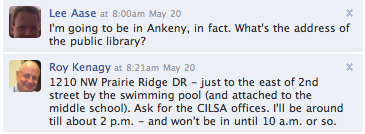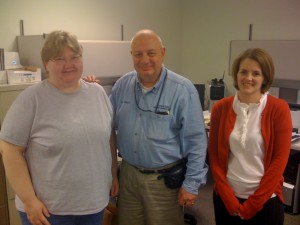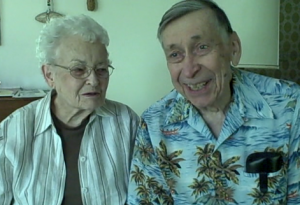Over the next couple of weeks, I’ve got a full schedule of travel with conferences, panels, webinars, workshops and the like. I’ll be showing and telling about our work in social media at Mayo Clinic, and also implications and applications for others in health care and beyond. My schedule is below. Based on what I’ve seen from the registration (and speakers/panelists) at the events, I’m going to be highly stimulated by the experience.
This week I’m going to Washington, DC on Wednesday and Thursday for the New Media Academic Summit at Georgetown University. It will be quite an experience for the Chancellor of a mythical university to interact with real-life Ph.D. professors. I’m on a Thursday afternoon panel.
Next week I’ll be in Phoenix on Monday and Tuesday at the Healthcare New Media Marketing Conference. On Wednesday afternoon I’m part of a panel sponsored by the Chicago Chapter of the American Hospital Association. On Thursday I’m participating in this free “Meet the Experts” Webinar (with @EdBennett, @JennTex and @BrianCharlonis) and then presenting to the Association of Organ Procurement Organizations’ annual meeting in St. Louis. And on Friday in St. Louis I’m doing the keynote (and a workshop) for HESCA’s 50th International Conference on Health & Science Communications.
In my spare time I plan to meet with some TV and radio station news and program directors to talk about our Mayo Clinic Medical Edge syndicated programs and news resources.
This is the most intense travel schedule I’ve had, but it just seemed to work out that these events were in reasonable proximity. And clearly we’re in a time in which the interest in social media is high, particularly in health care.
Of course I’ll be tweeting along the way, so you can follow (and participate in) the conversations. If you’re in any of these communities (or will be at any of these events) and would like to meet, drop me a note (or a Tweet).



